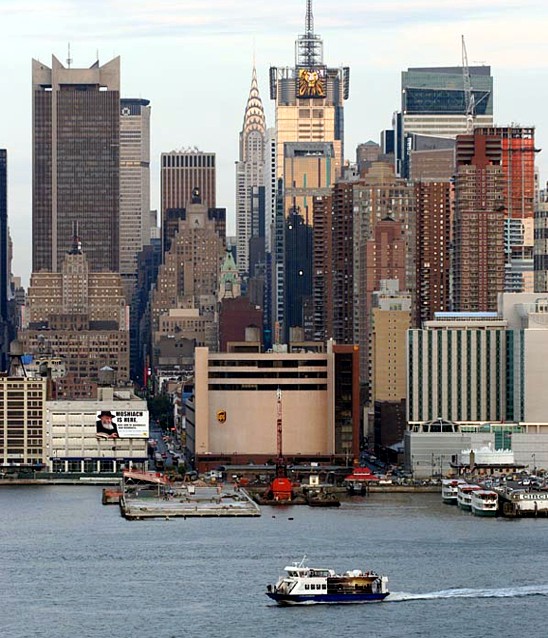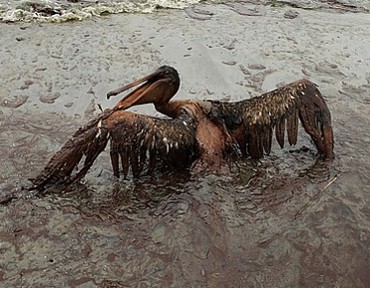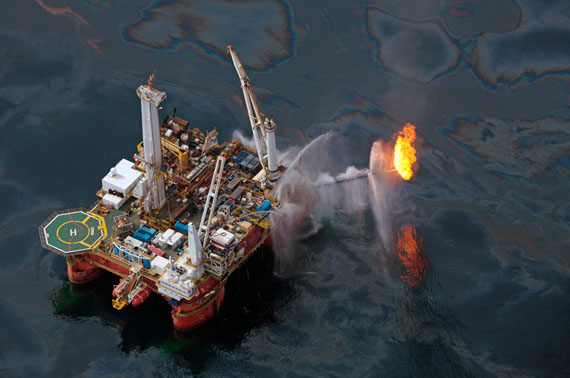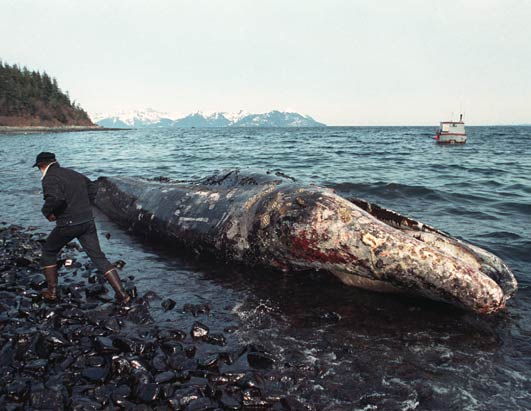New York City Implementing New Green Technologies to Reduce Waterway Pollution
 January 5, 2012
January 5, 2012  Kyriaki (Sandy) Venetis
Kyriaki (Sandy) Venetis As part of New York City’s ongoing efforts to clean up the pollution in its surrounding waters, NY Waterway has decided to revamp nine of its ferries with new engines and catalysts designed to lower greenhouse gas emissions in the environment.
 Photo courtesy of wirednewyork.com.
Photo courtesy of wirednewyork.com.
Part of the financing for this project will include $2.5 million in funding secured from a grant by the New York City Department of Transportation (NYC DOT) and a $900,000 contribution from the NY Waterway.
NY Waterway has also already converted the fleet to use 100 percent ultra-low sulfur diesel.
“The city has set a high standard with a cleaner retrofit for Staten Island ferry boats and equipping private fleets with this technology now brings a new standard to the industry in New York,” said DOT Commissioner Janette Sadik-Khan in a statement.
NY Waterway estimates that it carries about 35,000 passengers per day on 31 boats serving New Jersey, Manhattan, Brooklyn, Queens, Rockland, Westchester, Orange, and Dutchess County.




